No products in the basket.
Cart
3D Printing in ABS
ABS (acrylonitrile butadiene styrene) is one of the most widely used materials in 3D printing, known for its durability and strength. This thermoplastic is ideal for creating functional and mechanical parts, thanks to its ability to withstand high temperatures and its good dimensional stability. Additionally, ABS is easy to post-process, allowing for sanding and painting the parts to achieve high-quality finishes.
It is available in three attractive colors and is highly impact resistant, making it an excellent choice for applications requiring strength and longevity.
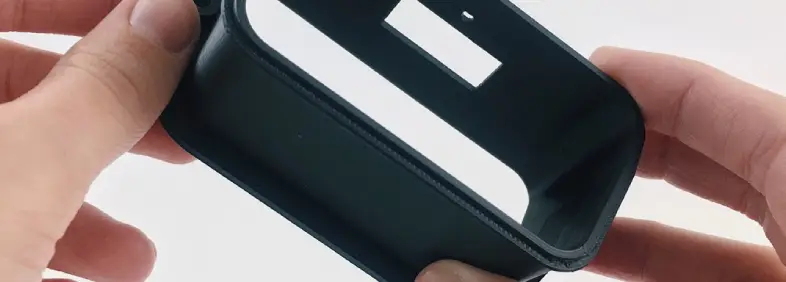
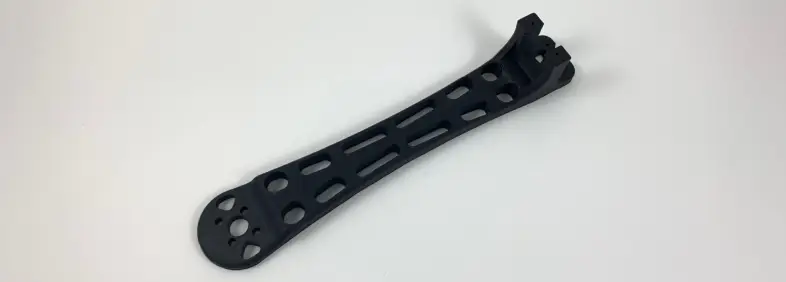
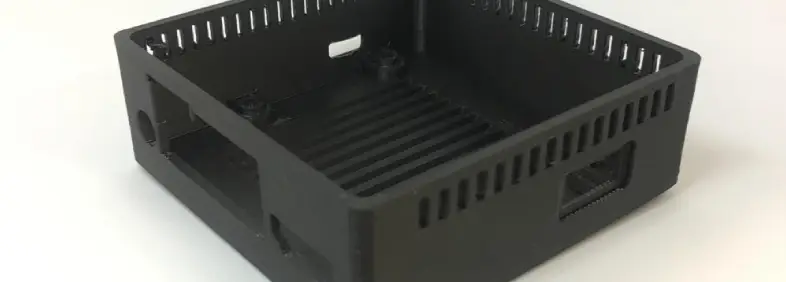
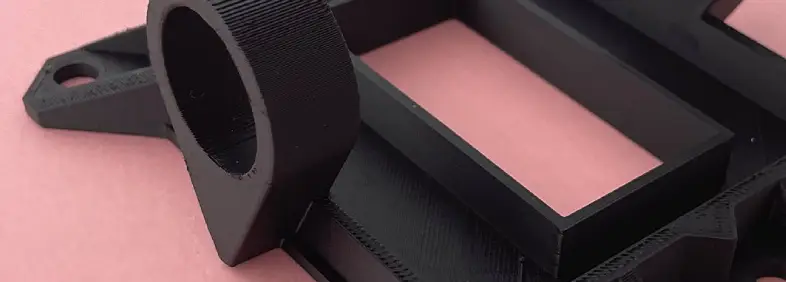
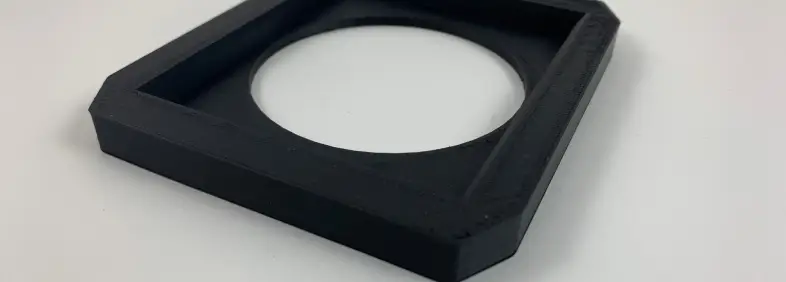
Advantages of ABS
When is the perfect material choice?
Ideal for functional and mechanical parts that require durability
Resistant to high temperatures and deformations
Easy to post-process, allows sanding and painting for custom finishes
Good dimensional stability, ideal for prototypes and functional parts
Variety of applications, from toys to automotive components
High impact resistance, making it durable in adverse conditions
Disadvantages of ABS
When to look for other material options
It is not biodegradable, which can be a drawback for those seeking sustainability
Not ideal for parts that require high mechanical strength
Less economical than PLA or PETG
It can emit odors when heated, a disadvantage in enclosed spaces
It can be more prone to accumulating static, which can attract dust and dirt
Its color may fade over time, especially with direct sunlight
Available Colors

Black
Pantone
Black
Pantone
Black

White
Pantone
White
Pantone
White

Gray
Pantone
877C
Pantone
877C
Technology used

FDM, or fused deposition modeling, is a manufacturing process used for prototyping and the production of small to medium runs. This modeling uses an additive function, depositing the material in layers to shape the part.
A filament is used that is initially stored in rolls, and is fed into a nozzle that is above the melting temperature of the material and can move in three axes controlled electronically. The nozzle moves to deposit the material in the correct location, drawing the model line by line. Once a layer is drawn, the base lowers by a layer thickness (0.1-0.4) so that the printer can continue with the next layer.
When the model to be printed has sections that protrude or have a steep angle, a support structure is created where necessary and is printed in a material that can later be easily removed, in some cases soluble. This is done to ensure that the model does not hang in the air, thus preventing the layer from falling.
Technical specifications
| Property | Value | Test Method |
|---|---|---|
| Density | 1,04 g/cm^3 | ISO 1183 |
| Tensile Strength | 39 MPa | ISO 527 |
| Flexural Strength | 60 MPa | ISO 178 |
| Tensile Strength | 50 MPa | ISO 527 |
| Elongation | 20 % | ISO 527 |
| Softening Temperature | 91 ºC | 0,45 MPa / ISO 75-A |